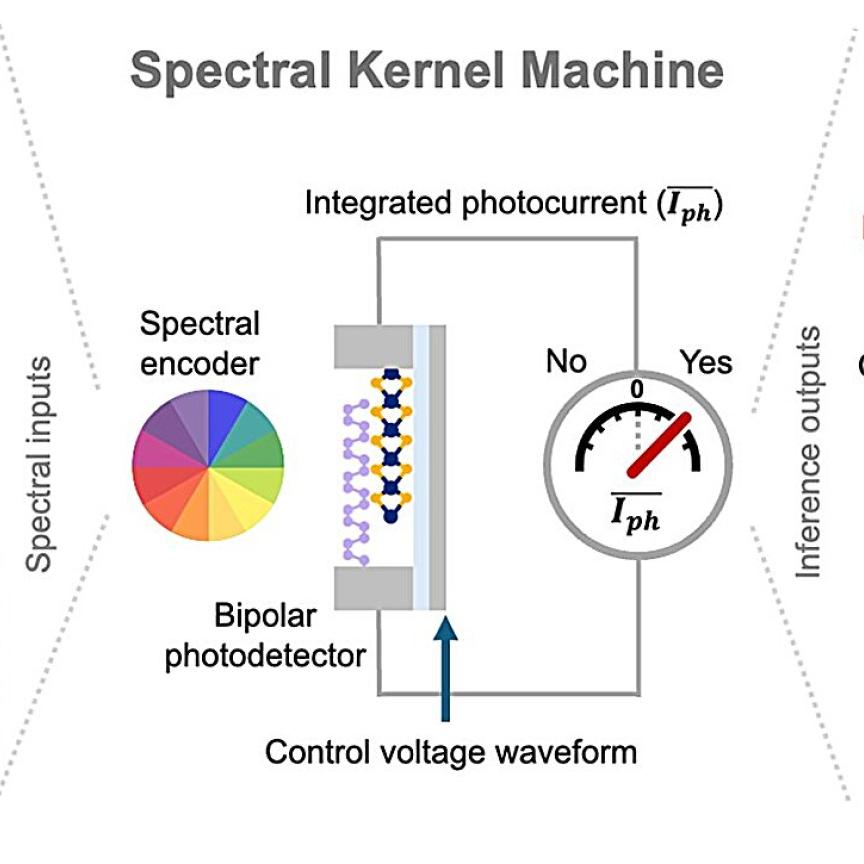Lynred, a leading global provider of high-quality infrared (IR) detectors for the aerospace, defense and commercial markets, announces the launch of two multispectral linear array IR detectors for application in a range of Earth observation missions. Pega and Capyork are designed for integration into imaging satellites, tracking and measurement instruments used in water cycle observation and drought evaluation, as well as sea and land surface temperature monitoring, among numerous other potential commercial space applications.
Multispectral IR detectors enable users to obtain light measurements in a number of spectral wavelength bands covering the infrared range from short- to very longwave. Onboard a satellite, they operate by collecting a range of IR image data taken simultaneously from the same scene along the path of the satellite’s orbit, retrieving scientific information specific to an Earth observation application.
As spin out products based on IR detectors Lynred developed for two space missions: TRISHNA (Thermal infraRed Imaging Satellite for High-resolution Natural resource Assessment) led by CNES, the French national center for space studies, and LSTM, the European Copernicus Land Surface Temperature Monitoring mission, Pega and Capyork will enable future instruments for Earth observation missions to:
- Gain increased spatial resolution - the number of pixels used in constructing an image - which enables Earth observation within the infrared range at distances as low as a few meters above the Earth’s surface, allowing, for example, localized adjustments in soil preparation for agriculture
- Gain increased spectral resolution - the number of spectral bands in which an image is taken. This is particularly important for managing the water cycle in drought areas, where increased spectral resolution will provide more precise information on the absolute temperature of the area, as well as plant evolution
- Improve radiometric resolution of image data - the ability of the sensor to distinguish different gray-scale values. This improvement will enable the satellite to obtain more accurate data, critical for improving mathematical models
- Achieve wider swath - in order to reduce the time interval between two images taken of the same area; thereby meeting the increasing demand to obtain information more rapidly and even address real-time applications
“Lynred developed Pega and Capyork to fill gaps in Earth observation applications for infrared imagery. In space, IR imagery is needed across the whole spectral range from shortwave infrared (SWIR) to very longwave infrared (VLWIR), while providing a large variety of possibilities in terms of spatial resolution and swath,” said Philippe Chorier, space business development manager at Lynred. “Our new range also marks the beginning of space product lines that will help implement more market standardization, thus shorten time-to-market, which is important for space applications in land, climate change, emergency response and security domains.”
These multispectral IR detectors can work with either passive or active cooling at the system level and thus create new technical possibilities for standardization for future space applications.
“Due to their versatile design, they will be able to match space equipment needs, whatever the required spectral range, swath, spatial resolution or integration and cooling configuration requirements,” added Chorier.
Technical features
- Pega and Capyork are each multispectral linear arrays with four different spectral lines
- Pega is equipped for Earth observation missions requiring a high flux range typically in the LWIR and VLWIR spectral range, whereas Capyork operates primarily in the SWIR spectral range
- Both devices can be adapted to operate in MWIR range
- Pega is made up of 600 pixels with 30µm pitch in the across-track direction and 12 pixels in the along-track directions for the four different spectral lines. This is significant because the 12 pixels allow users to manage how the detector operates in order to have zero defects in the line, among other benefits
- Capyork has 1,200 pixels with 15µm pitch format in the across-track direction and 12 pixels in the along-track directions for the four different spectral lines

